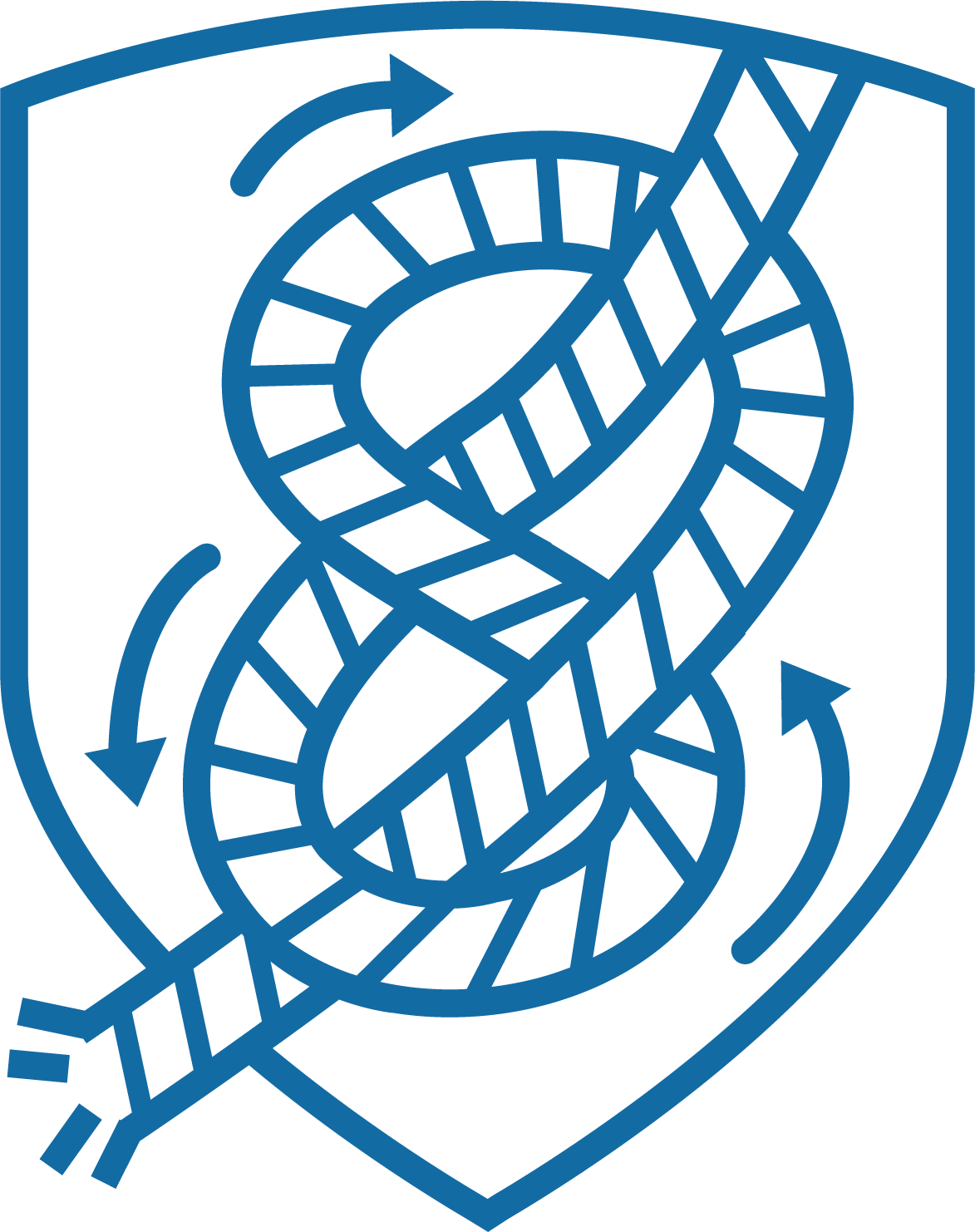Opposition and Invalidity of a Patent

For a patent granted by the Finnish Patent and Registration Office, a claim against the patent is made to the Patent and Registration Office, and the claim is usually examined by the same examiner who handled the patent application. In the case of a European patent, the opposition is filed with the European Patent Office. As a result of the opposition procedure, the granted patent can be revoked, or the scope of patent protection can be restricted. Additionally, the patent holder can request the patent authority or a court to restrict the granted patent through a procedure called limitation. In the limitation procedure, it is possible to restrict the scope of the patent either nationally or, for a European patent, centrally by submitting a limitation request to the European Patent Office.
Claim of a Patent, Section 1: Processing the Claim by the Authority
Upon receipt of a claim against a patent, a receipt notification is sent to both the claimant and the patent holder. The patent holder is also sent the claim documents as attachments to the receipt notification. However, if there are less than two months remaining in the opposition period, the receipt notification is not sent.
After the nine-month opposition period, the received claims undergo a formal examination. In the first phase of the formal claim examination, the requirements that must be fulfilled before the end of the opposition period are checked. Then, in the second phase of the formal examination, the requirements that can still be supplemented even after the opposition period are checked.
Upon request, the claimant must correct any deficiencies in their claim, or else the claim will not be examined. After this, the claimant receives a reasoned decision, which is also sent to the patent holder. The claimant has the right to appeal the reasoned decision to the Market Court.
Both the patent holder and the claimant have the right to provide statements regarding the claim before the claim matter is resolved. After the opposition period, the patent holder is given a referral regarding the possible claim and a six-month period to submit a statement. The patent holder’s statement is then notified to the claimant, who in turn has a three-month period to submit a statement. The claimant’s statement is notified to the patent holder, who has a three-month period to submit a statement. If the patent holder submits an additional statement, it is notified to the claimant without the possibility of commenting on it.
In the correspondence related to the claim matter, all documents related to the claim are provided to the parties involved. Additionally, the patent authority may continue the correspondence with additional letters if necessary before resolving the claim matter.
The patent holder and the claimant can request an oral hearing in writing regarding the claim matter if there are sufficient grounds for the request. The patent authority responds to the request by either summoning the parties to an oral hearing or sending a reasoned letter rejecting the request as unnecessary. However, a final decision on the claim matter cannot be made during the oral hearing, and a final decision cannot be based solely on the issues raised during the oral hearing.
The authority examines the claim based on the grounds and scope presented in the claim. The examination takes into account all relevant material related to the claim that is known to the patent authority and the parties involved. The patent authority makes a decision on the claim procedure, either revoking the patent, maintaining it, or maintaining it in amended form. If the patent is maintained in amended form, the patent should be reprinted.
Section 2: Nullity of a Patent
Nullity is the process of removing an erroneous decision to grant a patent for an invention that should not have been granted a patent. As a result of nullity, the legal effects of the patent cease retroactively as if the patent had never been granted in the first place.
The European Patent Convention provides harmonized grounds for nullity of a patent in all member states of the Convention. Nullity can be based, for example, on errors that occurred during the examination of the application or on the absence of the conditions for granting the patent. In Finland, a nullity action is handled by the Market Court and can also be combined with other intellectual property matters. In practice, nullity actions can be brought by parties who are adversely affected by the patent. However, the patent holder cannot initiate a nullity action themselves.
In some cases, a patent can be partially nullified by the Market Court, but in such instances, the patent holder must have submitted narrower patent claims to the court.
Latest wiki articles

International Patent Application System (PCT)

Opposition and Invalidity of a Patent

Plant Breeder’s Rights

Intellectual Property Rights and Their Commercialization

Requirements for Utility Model Protection
Specialists











